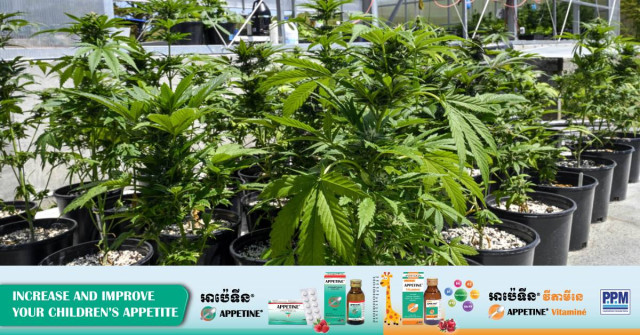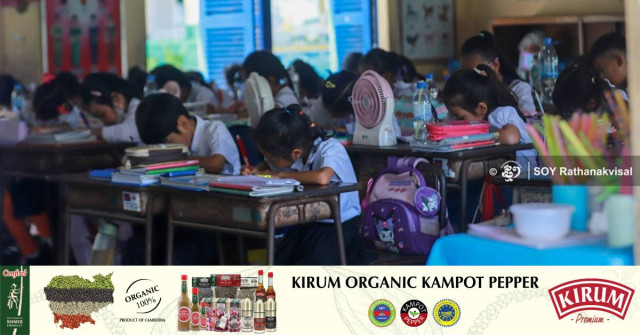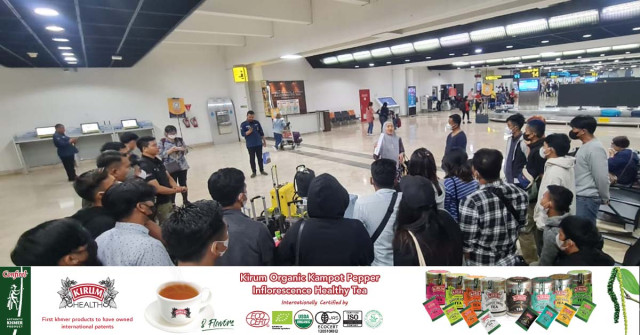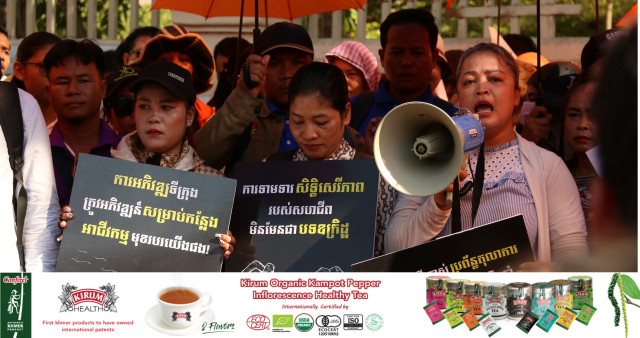Imported Shallots Narrow Domestic Shallot Market
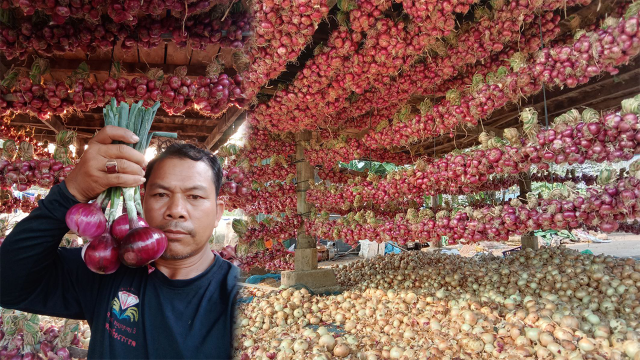
- By Chhum Chantha
- March 29, 2023 9:36 AM
PHNOM PENH – Chap Seima started to grow shallots two years ago. While his 1600-square-meter plot of land located in Beantea Meanchey province has room for other crops, like cucumbers, shallots represent an important share of his revenue.
But despite his efforts and low margin, the farmer sees that his production cannot compete with imported shallots, which are sold at a lower price, even though they’ve traveled for a longer distance and crossed the border.
“I sell shallots for 6,000 riel per kilogram (around $1.5) but imported shallots are sold between 4,000 to 5,000 riel. I cannot keep up” said Seima.
In 2023, his annual yields were lower than expected. But he still has about one metric ton of unsold shallots to get rid of because of the lack of demand for Cambodian-grown red onions.
“If I plant a lot, I can’t sell it all because people prefer to buy imported shallots as they are cheaper. Hundreds of tons are imported every day,” claims the farmer.
“Imported products are cheaper because their agricultural equipment and fertilizer are cheaper. In Cambodia, everything is expensive: From seeds to fertilizer to diesel. We can’t sell at the same price as an imported product,” he added.
Like many farmers, Seima relies heavily on Phnom Penh and Siem Reap markets to sell his production, as they are among Cambodia’s biggest cities. But traders’ purchases are not enough to ensure he would sell all his shallots quickly.
“The market is small. Buyers only buy 50 to 100 kilograms per week. It is slow and I want to sell quickly,” added Seima.
While shallots can be sold for up to six months after being harvested, the farmer needs the money from his production to buy seeds for other crops.
To try to reach other markets, he decided to sell his red onions on social media. But here too, the demand didn’t meet his expectations.
“I posted on Facebook, but there are not many buyers. People only buy 1 or 2 kilograms at once. But below 10 kilograms, it costs me too much to deliver their order,” he said.
Pang Vanseth, director of the Department of Agriculture, Forestry and Fisheries of Banteay Meanchey province, said that the oversupply of some goods always leads to bottlenecks. But only some farmers complain and others do not.
He added that the fact Chap Seima can’t sell his production is likely because of his marketing and that he shouldn’t complain about it.
“Red onions in other districts, like in Serei Sophoan’s, have had a big market from the beginning, so there is no big challenge,” he said. “When there are a lot of goods, some are sold and some are not.”
Originally written in Khmer for ThmeyThmey, this story was translated by Te Chhaysinh for Cambodianess.







